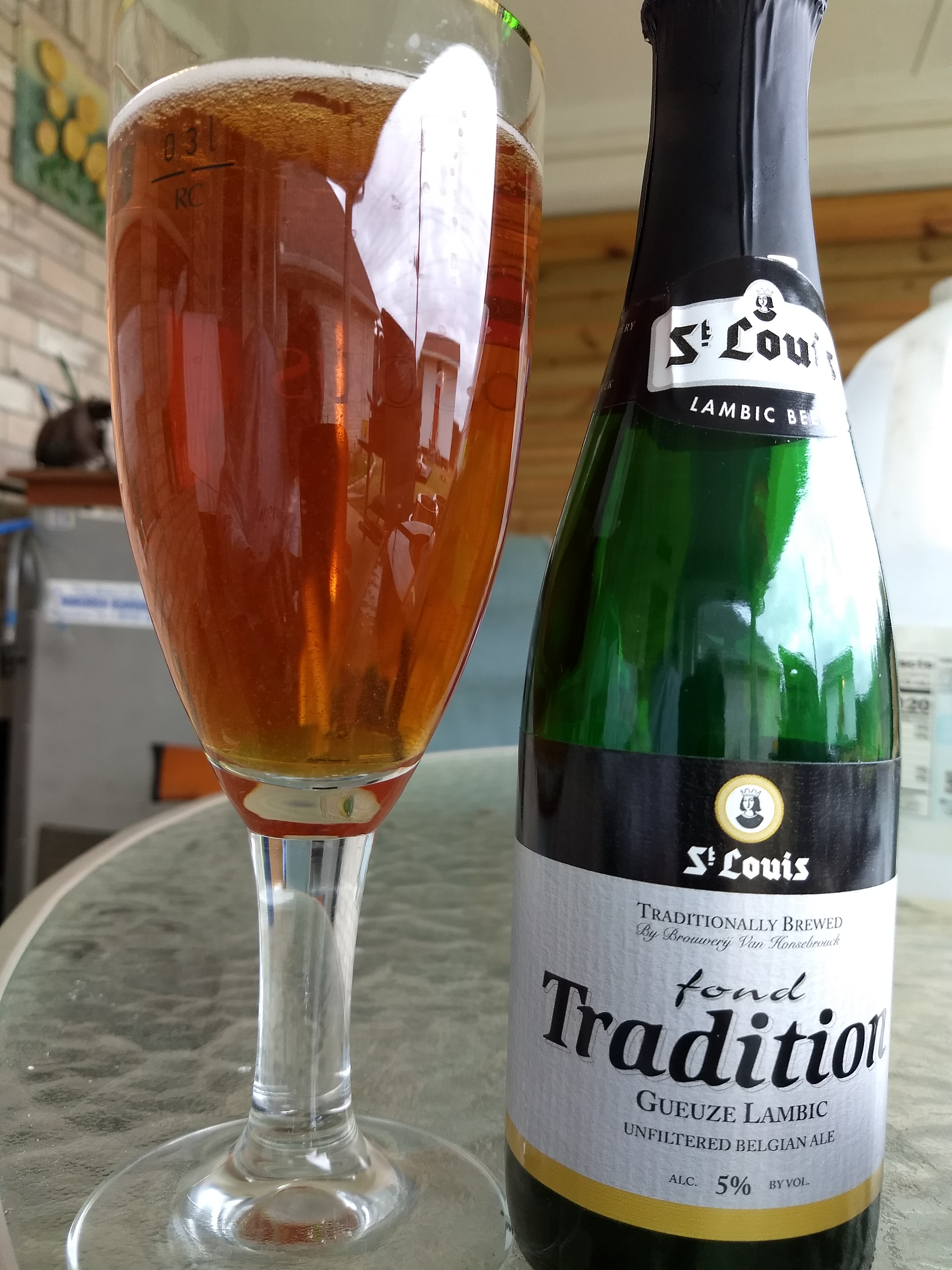goodolarchie
Well-Known Member
- Joined
- Mar 19, 2018
- Messages
- 213
- Reaction score
- 142
My most recent foray with Orval dregs was at the beginning of 2020, with a somewhat lackluster Belgian Golden Strong I brewed and was preparing to bottle, when I thought I would try bottling half the batch with sugar (carb drops), and dose the rest with Orval dregs without adding sugar, relying only on the further attenuation of Orval's brett / sacch.
The Blonde started just a squeak below 1.007, after one year the Orval-spiked bottles have settled at 1.003. There's no question as to which are the better beers. I get the classic musty, leathery funk and there are still some pear esters from the Duvel/McEwans primary that the blonde underwent. It is a perfect champagne-like pale ale that had a very similar hop bill as Orval, so it comes across almost like an Imperial version (at 8.3%)
So I too was surprised that I only achieved ~2.0 volumes of co2 by way of refermentation, because I was prepared for the beer to slowly reach 1.000, netting a perfect 3.5 volumes co2. I will continue to monitor these bottles (they are corked and caged), but in 10 months they have not budged from 1.003 at 60F in my cellar.
The Blonde started just a squeak below 1.007, after one year the Orval-spiked bottles have settled at 1.003. There's no question as to which are the better beers. I get the classic musty, leathery funk and there are still some pear esters from the Duvel/McEwans primary that the blonde underwent. It is a perfect champagne-like pale ale that had a very similar hop bill as Orval, so it comes across almost like an Imperial version (at 8.3%)
In my case, the brett took the first batch from 1.010 to only 1.007 (OG was 1.057). I still have some bottles left and we are now past one year from bottling date, and all this time they did not show any signs of overcarbonation. So I guess the FG must have stayed pretty much there. By the way the beer is still fantastic and IMO it is only getting better...
So I too was surprised that I only achieved ~2.0 volumes of co2 by way of refermentation, because I was prepared for the beer to slowly reach 1.000, netting a perfect 3.5 volumes co2. I will continue to monitor these bottles (they are corked and caged), but in 10 months they have not budged from 1.003 at 60F in my cellar.


































![Craft A Brew - Safale BE-256 Yeast - Fermentis - Belgian Ale Dry Yeast - For Belgian & Strong Ales - Ingredients for Home Brewing - Beer Making Supplies - [3 Pack]](https://m.media-amazon.com/images/I/51bcKEwQmWL._SL500_.jpg)













